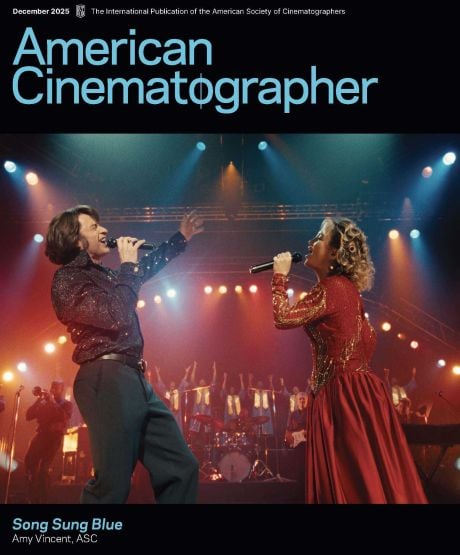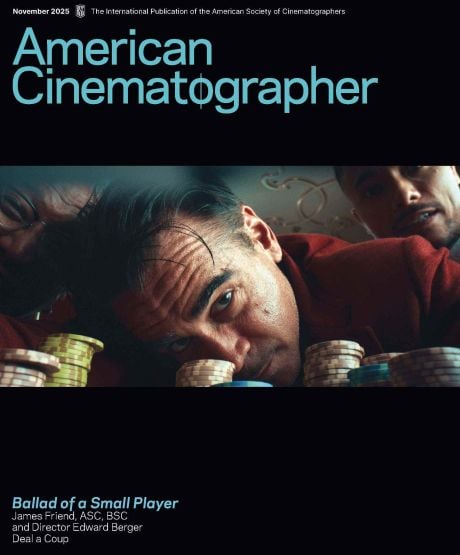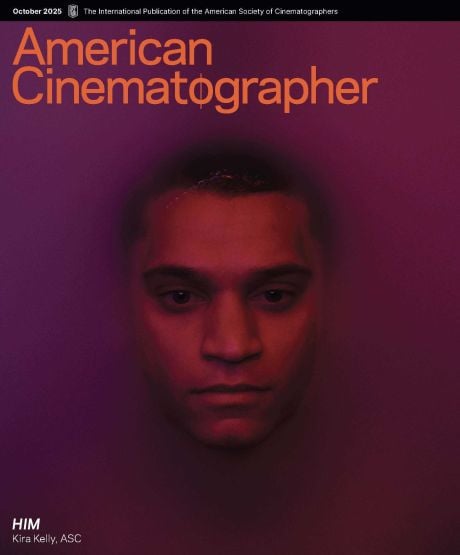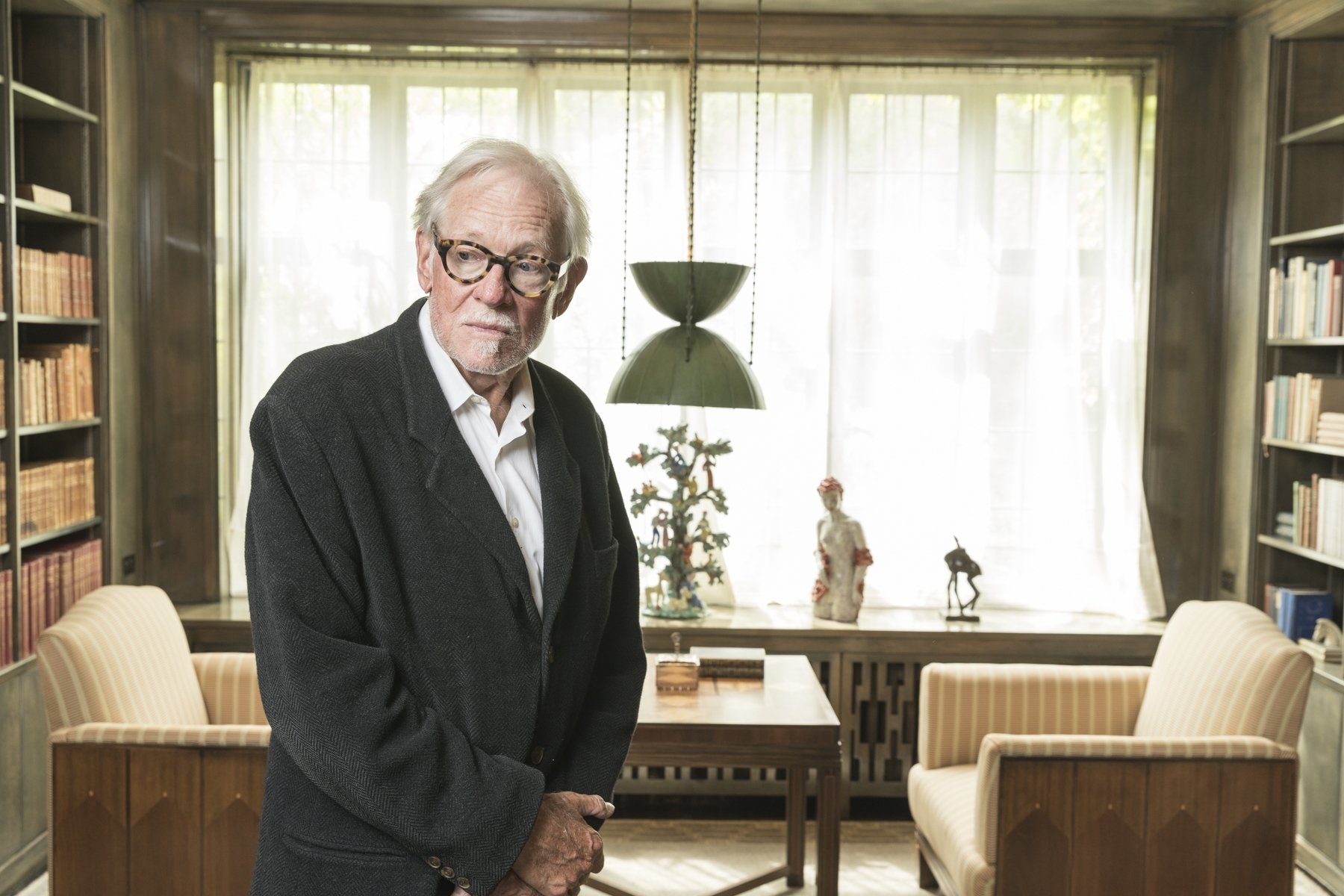
In Memoriam: Eric Saarinen, ASC, FSC (1942-2024)
The cinematographer’s best-known projects include writer-director Albert Brooks’ feature comedies Real Life, Modern Romance and Lost in America.
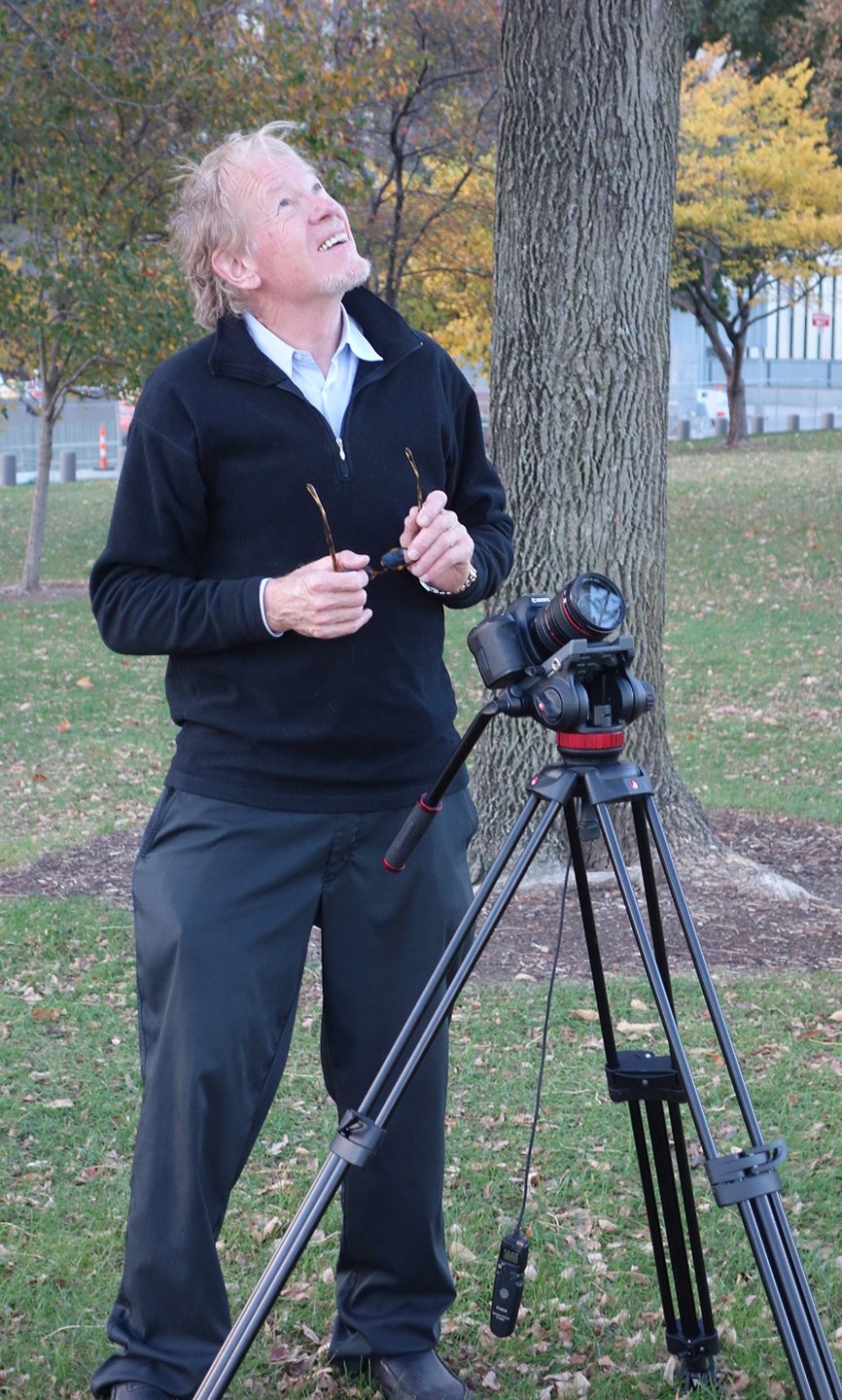
Cinematographer and director Eric Saarinen, ASC was born on June 26, 1942 in Bloomfield Hills, Michigan, and died Dec. 21, 2024 at the age 82. He had been in care at Heart to Heart Hospice following a battle with cancer and passed with friends and family in the room. Accomplished in the commercial world — winning 13 Clio Awards, and earning many other honors while shooting and directing for such brands as Jeep, Nissan, Land Rover and Fiat — his 15 feature credits include director Wes Craven’s shocking horror classic The Hills Have Eyes and writer-director Albert Brooks’ satiric comedies Real Life, Modern Romance and Lost in America.
His father, Eero Saarinen was a famous industrial designer and architect. Among the projects he designed were the St. Louis Gateway Arch, the main terminal at Dulles International Airport, the TWA Flight Center at John F. Kennedy International Airport, the “Black Rock” CBS Building in New York City, and many others. His mother, Lily Swann Saarinen, was a noted writer and sculptor, and his grandfather, Eliel Saarinen, a famous Finnish architect.
Consequently, Eric’s first 12 years were spent soaking up conversations about art, the creative process and problem solving. His father, while working on the Gateway Arch competition in collaboration with his mother, took his tie off and held it in two hands end to end. He let it drop in the middle. It became an upside-down catenary curve. That became the basis for the Arch.
“My father never pushed me to become an architect, but the biggest pressure was the last name and figuring out what I would do,” Saarinen told an interviewer for Hour Detroit in 2023. He attended Cranbrook Schools until he was 12. After his parents divorced, he moved to Cambridge, Massachusetts, with his mother and sister, Susie. He then attended Browne and Nichols School for two years and later went to Pomfret School in Putnam, Connecticut.
Eero Saarinen’s sudden death in 1961 at age 51 cut short one of the most influential careers in American architecture and left a vast void for Eric to contend with.
After graduating Pomfret, Saarinen went to Goddard College in Vermont. His senior year project was a film. In 1967, he went to UCLA Graduate School to study film for two years for his MFA. His godparents, Charles and Ray Eames, were instrumental in helping him create his early experimental films. He did experiments in his darkroom, which had an 8x10 printer. He would also shoot three-minute films with a 16mm Bolex, cutting them in-camera and processing the footage himself.
While in Los Angeles, Saarinen made art films sponsored by the Los Angeles County Museum of Art, collaborating with Andy Warhol, Claes Oldenburg, Robert Rauschenberg and other contemporary artists of the period. He also created a 16-minute film sponsored by PepsiCo for Expo ’70 in Osaka, Japan. But Saarinen was admittedly not a businessman and losing money as he tried to build his career.
He bought an Éclair NPR camera and a Lowell light kit and decided to focus on cinematography in order to learn from other directors. He shot educationals with Churchill Films, co-founded by Robert Churchill, the father of ASC member Joan Churchill. He also worked on industrials, documentaries, and short films — anything that would help him gain experience. Gradually, he contributed to larger projects, including episodes of The Undersea World of Jacques Cousteau, the concert documentaries Gimme Shelter, Jimi Plays Berkeley and Fillmore: The Last Days, episodes of the NBC series The Life and Times of Grizzly Adams, and segments of NBC’s news series Special Report. Saarinen then toured Asia with Jane Fonda and Donald Sutherland to shoot the anti-war film FTA, documenting the “Free the Army” stage show for soldiers, designed as a counter-culture political response to Bob Hope’s USO.
Saarinen’s other unique doc credits were Exploratorium, a trippy portrait of the Exploratorium Science Museum in San Francisco which was nominated for an Academy Award for Best Documentary Short Subject, and Symbiosis, an environmental study for Disney’s Epcot Center which was photographed in 24 countries around the world over 13 months with 65mm Todd-AO cameras, shooting with adapted Nikkor still-camera lenses.
During this time, Saarinen met and became friends with some of his mentors, including ASC members Conrad L. Hall and Haskell Wexler, and producer Sam Goldwyn Jr.
Saarinen’s entry into feature camerawork started with famed indie producer Roger Corman, for whom he shot new sequences for the U.S. release of the Japanese film Tidal Wave, worked as the director of photography on the exploitation picture Summer School Teachers and the action-comedy Eat My Dust starring Ron Howard, and did second-unit work on the cult classic Death Race 2000. This allowed Saarinen to work his way into the camera union, and he shot features such as the cult horror classic The Hills Have Eyes, directed by Wes Craven, and the romantic drama You Light Up My Life.
He then began a collaboration with writer-comedian Albert Brooks, shooting his directorial debut, Real Life, a parody of documentary filmmaking and a spoof of the cinéma vérité PBS series An American Family. He and Brooks later reteamed for Modern Romance and Lost in America.
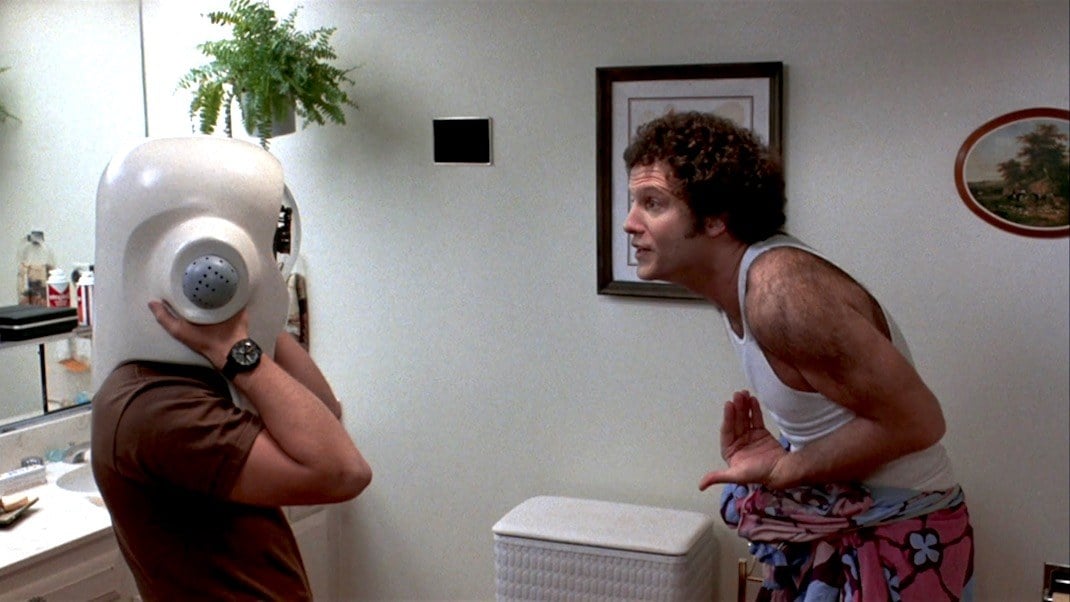
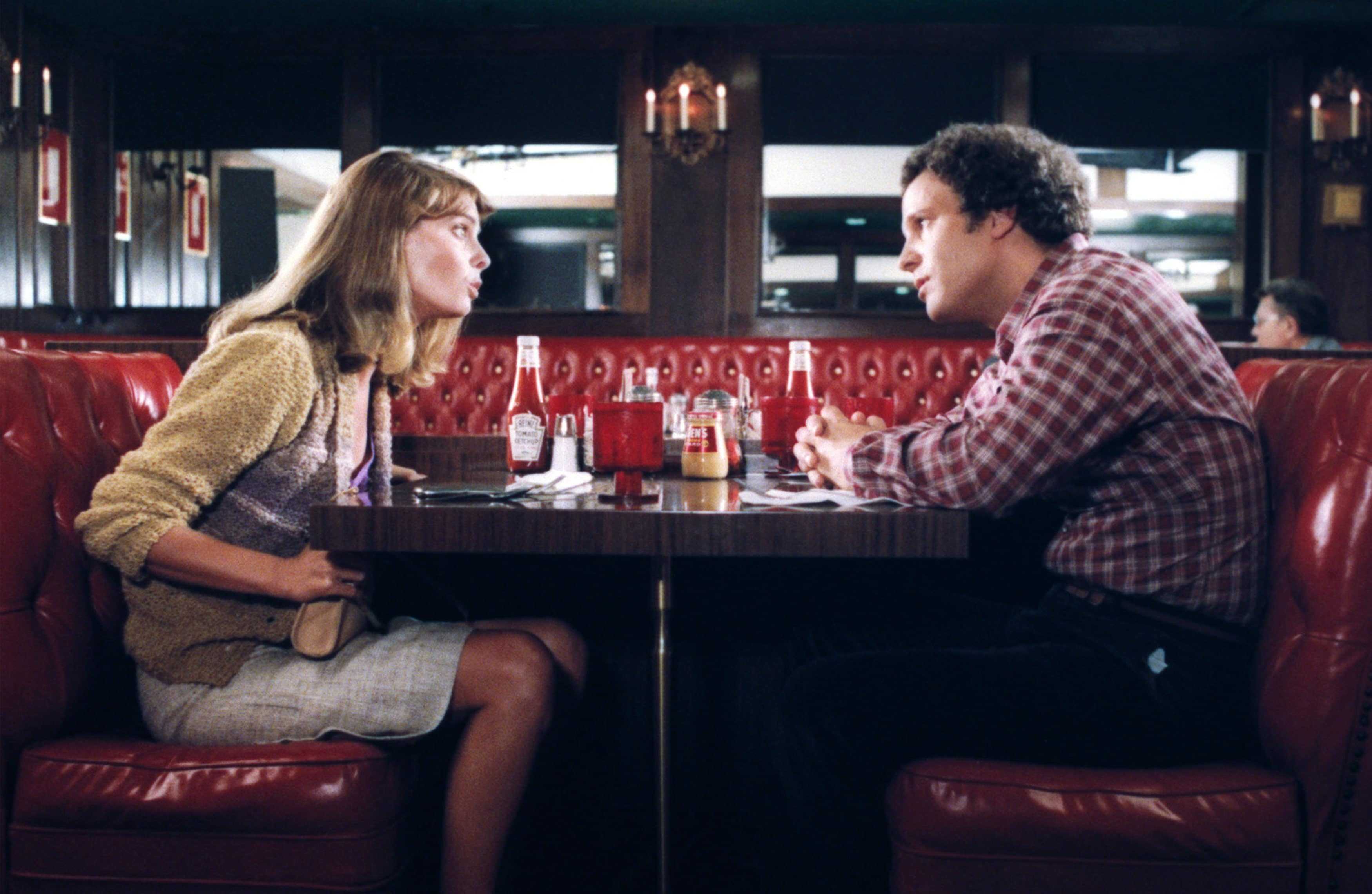
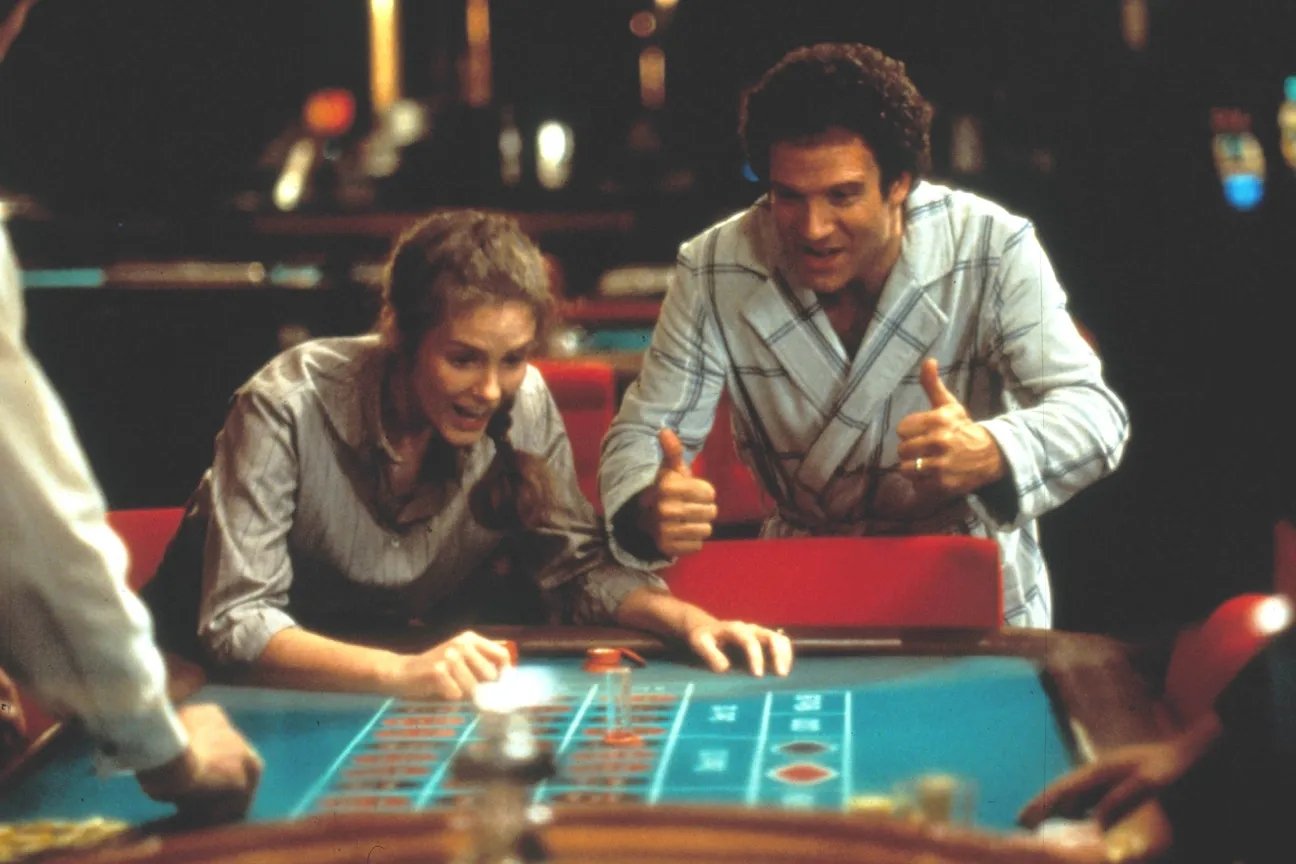
In 1983, Saarinen became a partner at Plum Productions with Chuck and Holly Goldberg Sloan and evolved into a well-respected director and cinematographer in the commercial world, known for his problem-solving and storytelling techniques.
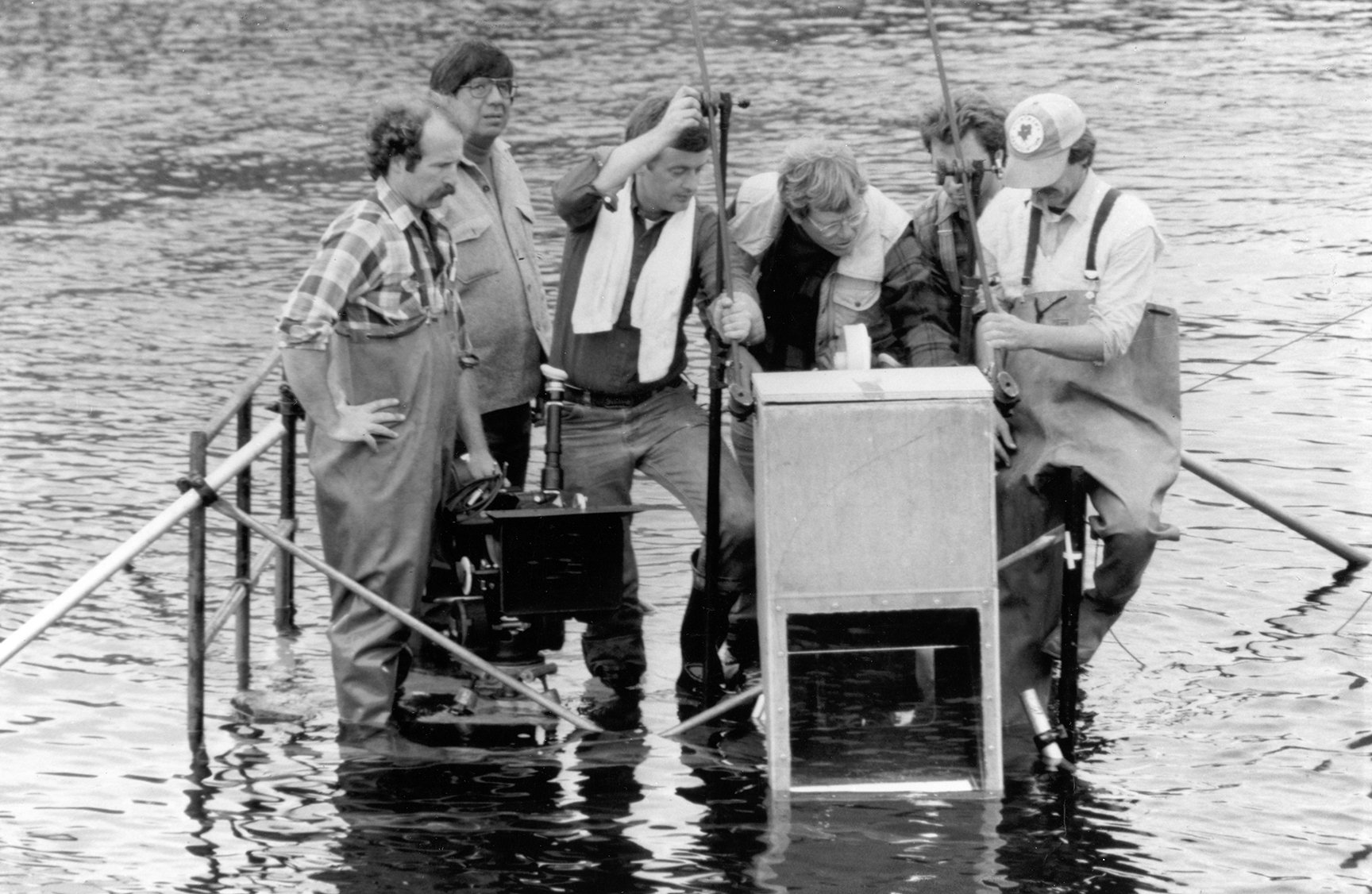
In 2005, he became the first director of photography to be inducted into the ASC for his work in commercials and was also a member of the Finnish Society of Cinematographers (FSC) and the DGA.
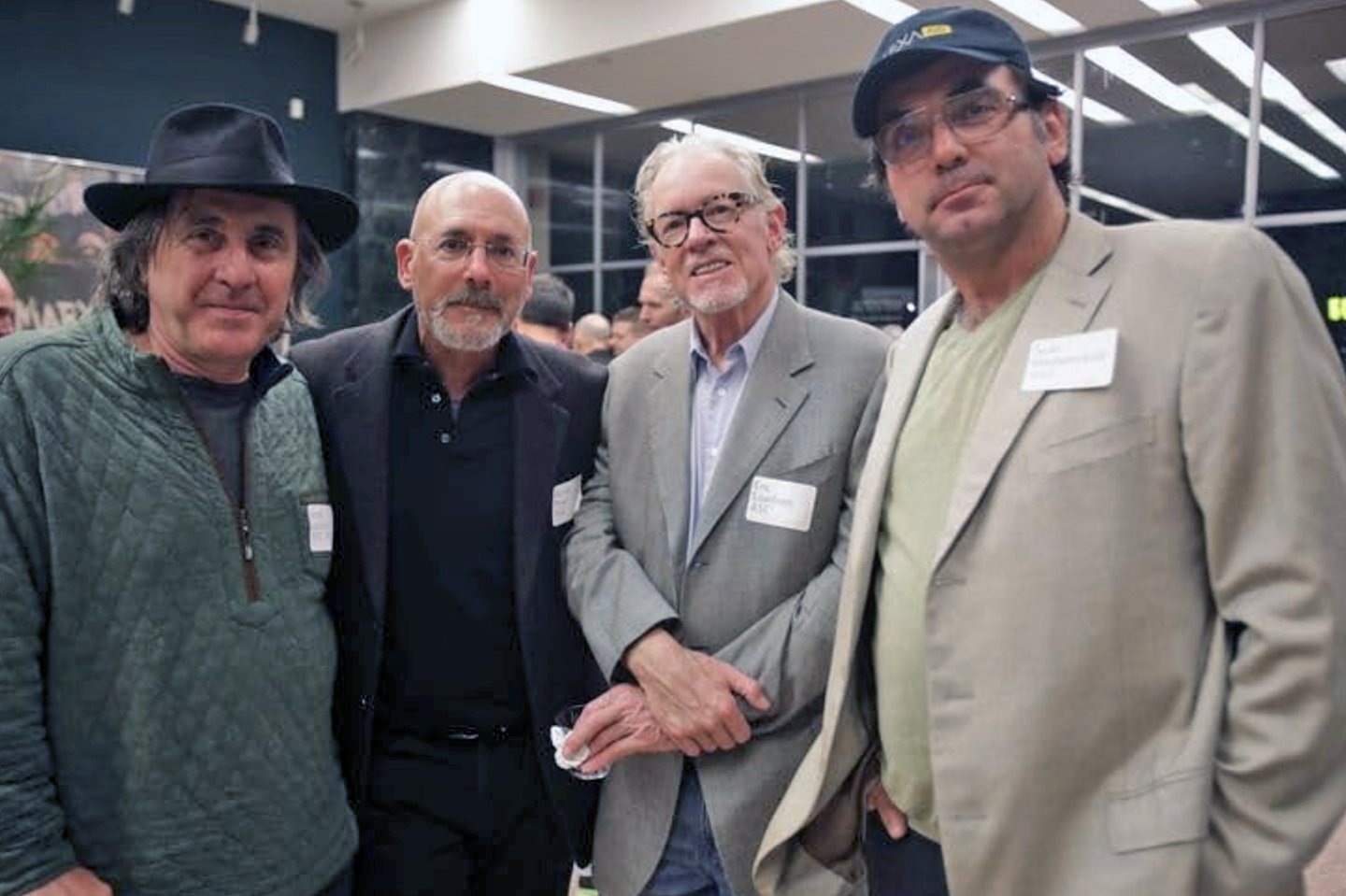
He later photographed and co-produced the documentary Eero Saarinen: The Architect Who Saw the Future (2016), regarding his father's work, for the PBS series American Masters. He noted that making the film with director Peter Rosen was a cathartic experience. “Closure was something I didn’t have with my dad,” Saarinen said. “He figured out a way to be important across time, so even though he died young, he is still alive.”
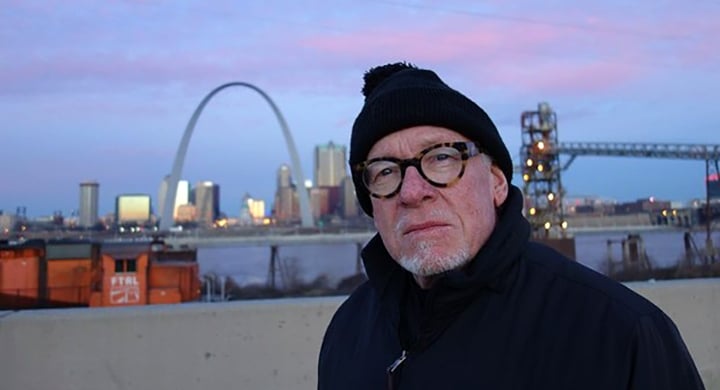
Eric Saarinen is survived by his sons Evan and Eliot, their mother and ex-wife Toni Saarinen-Jorden, his sister Susan Saarinen, girlfriend Liina Tooming, ex-wife Nancy Saarinen, ex-wife DG Fisher, Evan’s partner Linnéa Moore and newborn son Espen Saarinen, Eliot’s wife Kristyn Saarinen, Susan’s children Erik Wilkinson, Mark Wilkinson and Kate Bergman and their spouses, children and grandchildren and Nancy’s son Scott Eisner.
